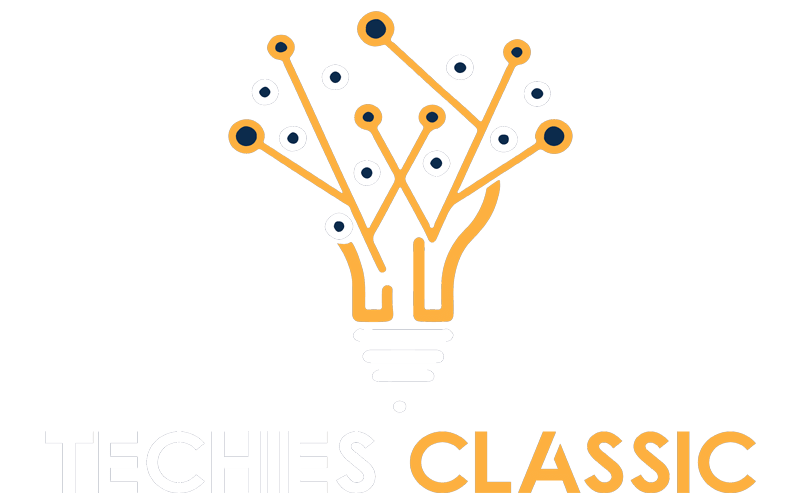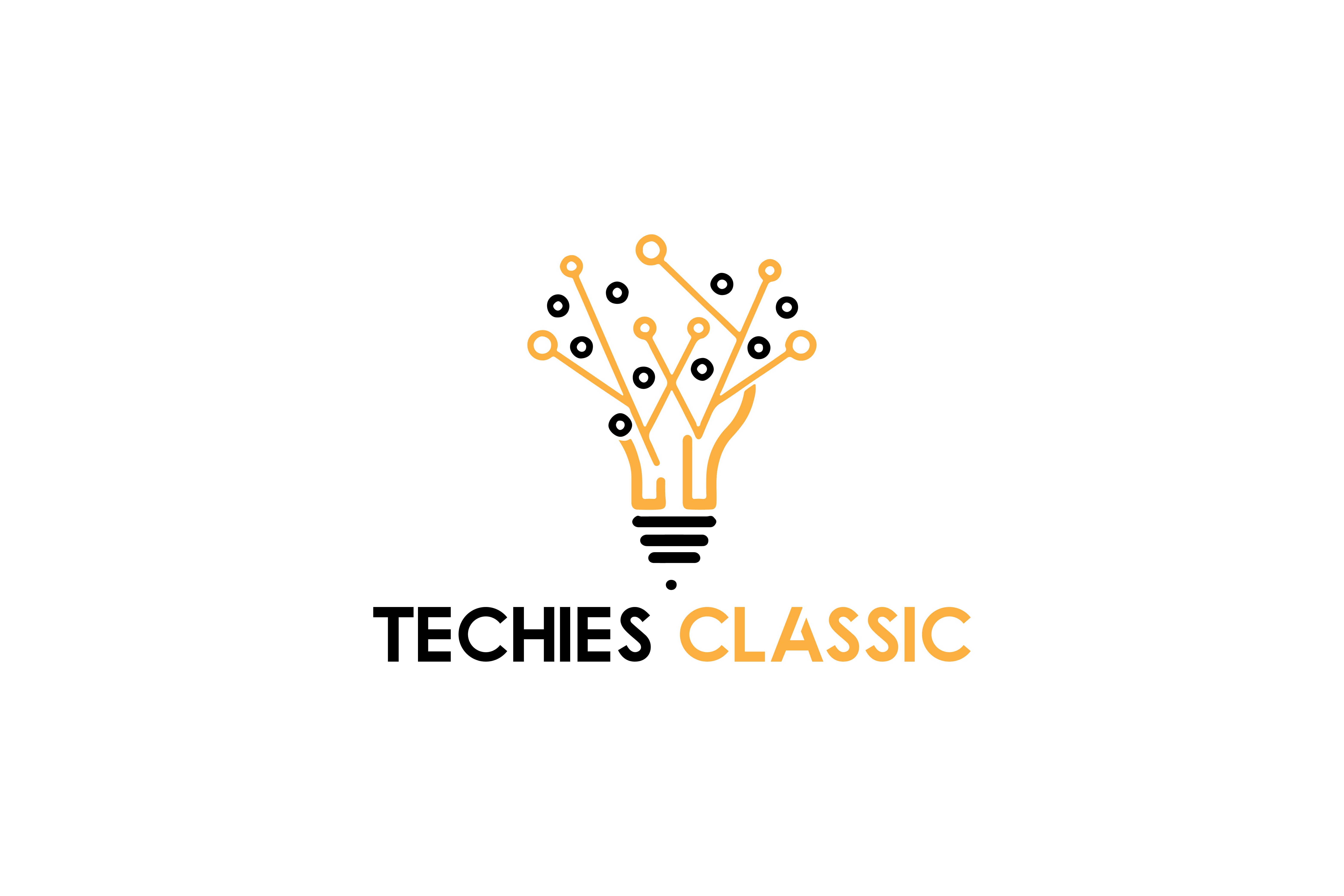What is graph ql? A Beginner's Guide

Contents [Show]
Graph QL is an alternative data fetching technique that has recently gained popularity. However, the concept behind it has been around since the early 90s. Developers first proposed it as part of a design pattern within object-oriented databases (Object-Relational Mapping or ORM).
Here's why you should consider using it when building your next application, whether it's your first time or you're building on top of existing systems.
How Does it Work?
The first thing to understand about GraphQL is that it doesn't replace REST — it just supplements it. This allows to get a lot of power out of both. But what makes GraphQL especially interesting is how quickly and easily you can start benefiting from just a little bit of extra code. According to Contentful experts, "GraphQL's strength lies in its flexibility and specificity."
When it comes to accessing data, GraphQL offers a unique and convenient way of doing so. In traditional application, GraphQL is a language for APIs and a runtime for fulfilling those queries with your data. It provides a complete understandable description of the data in your API and gives clients the power tons, you would have to request information from several endpoints and manipulate that data before presenting it to users.
GraphQL cuts down on those requests by getting everything from one endpoint. Here's how: For a client to use GraphQL and ask for their own data, they must first be authenticated.
Why Move From REST to GraphQL?
If you're building a mobile or web application, you probably use an API as part of your backend. Most developers hit up their favourite API docs and start writing code to get data into your app. When you learn GraphQL, there is no need to build multiple requests to fetch related data since you can retrieve everything from one endpoint.
You won't just have better performance and less expensive requests — you'll also be able to change how you deliver information without altering your app. The benefits make it simple to implement — and that simply means you can implement it faster than other APIs.
Graphql vs. Rest: what are the differences?
It provides a complete understandable description of the data in API, gives clients the power to ask for exactly what they need, makes it possible to evolve APIs over time, and enables powerful developer tools. GraphQL is a language for describing your application's data, not asking questions or resolving requests.
Compared to REST, GraphQL has a few advantages:
- Clients can ask for only the data they need, which improves performance. - Clients can ask for only the data they need, which improves performance.
- Clients are not coupled to servers.
Benefits of Using GraphQL
With GraphQL, you can scale your project more efficiently. It helps break down a large project into manageable sub-projects and allows client-side developers to work on their own small piece of code. This creates a divide between front end, middle-tier, and database that is easier to understand when it comes time to make changes or add new features. While other technologies out there have these same benefits, it is essential to note that those platforms aren't as easy for beginner programmers.
Implementing This New Technology Into Your App
When you first create a project, all you'll need to do is add an index.js file to it and start writing your code. In addition, you'll also need to register a schema file that describes all of your data models — just one time. All you have to do is start writing queries, mutations, and subscriptions with no additional steps.
For developers just starting, learning how to create an application and deploy it can seem a bit daunting. Fortunately, GraphQL is more than just an old idea repackaged and sold as new. Learn GraphQL to simplify tasks while you focus on writing code.
Graphql Schemas: what are they and how do they work?
GraphQL schemas are definitions of the data that a GraphQL server can respond with. A schema defines the shape of the data, including the types of objects and fields in those objects. It also specifies how that data can be queried. GraphQL schemas can be written in either JSON or SDL. The schema for the GraphQL query language is defined in a file named schema. graphql
This file can be loaded from your JavaScript application. The schema loader will then inject the schema into your app's global scope, meaning that it will be available throughout all of your apps.
Graphql Servers: setting one up
Graphql is a query language that Facebook created in 2012. It allows you to send queries to servers to get the data you need. Graphql servers are becoming more and more popular, and it's a good idea to start using them. I'll show, how to set up a graphql server in this article. I'll also explain what graphql is and how it works.
Conclusion
GraphQL is a language for APIs and a runtime for fulfilling those queries with the data. GraphQL was created by Facebook in 2012 and open-sourced in 2015. It has gained more traction because it solves some of the biggest problems with REST APIs. It is a technology that can be used to build fully-featured, single-page applications for mobile and desktop web.


0 Comments